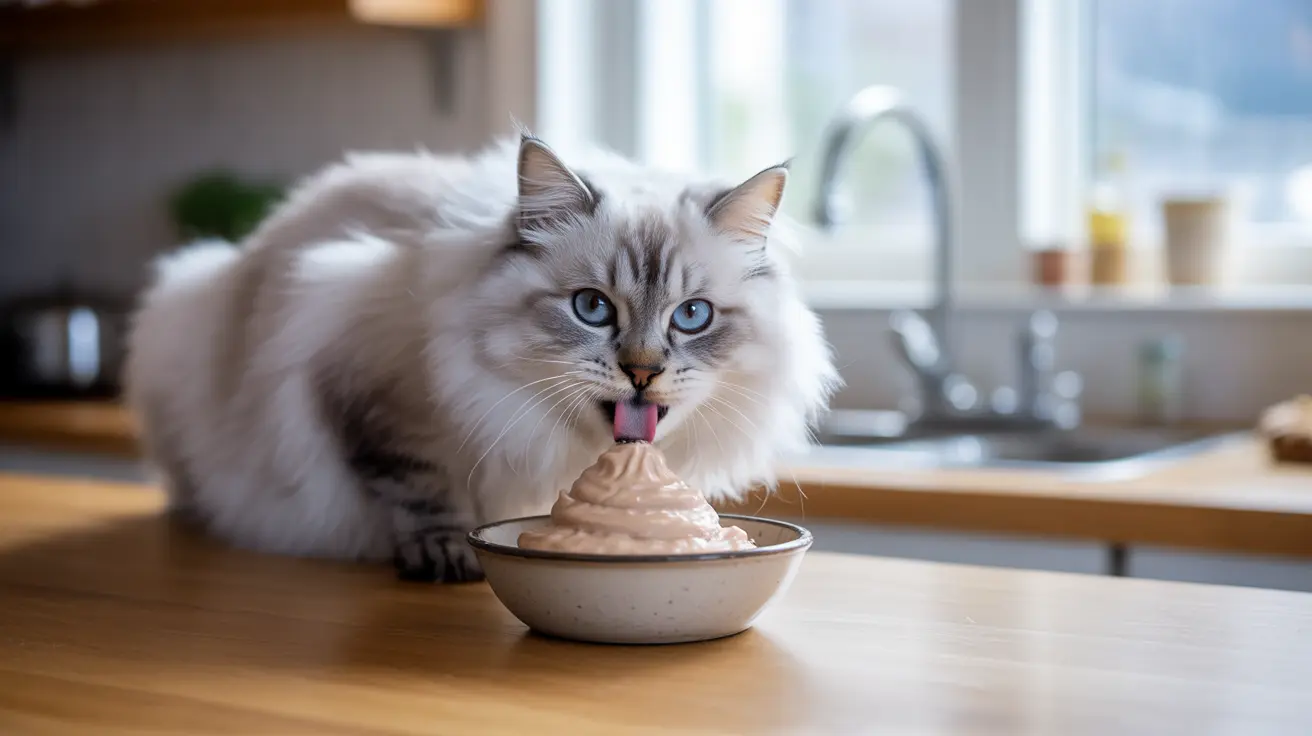Choosing the right cat treats can be both exciting and overwhelming for pet parents. With countless options available in the market, understanding the different types of cat treats is essential for making informed decisions about your feline friend's rewards and snacks.
In this comprehensive guide, we'll explore various cat treat categories, their benefits, and how to choose the best options for your cat's specific needs and preferences. Whether you have a picky eater, a senior cat, or a kitty with dental issues, there's a perfect treat waiting to be discovered.
Understanding Different Cat Treat Categories
Crunchy Treats
Crunchy treats are among the most popular options for cats with healthy teeth. These treats provide a satisfying crunch that many cats love while potentially helping with dental hygiene. They typically contain fewer calories than soft treats, making them ideal for regular rewards without significant caloric impact.
Soft and Chewy Treats
Perfect for senior cats or those with dental sensitivities, soft treats offer a tender texture that's easy to consume. These treats often come in various flavors and can be broken into smaller pieces for portion control or training purposes.
Freeze-Dried Treats
Freeze-dried treats represent a premium category, preserving the natural nutrients and flavors of raw ingredients. These treats are minimally processed and often contain single-source proteins, making them excellent choices for cats with food sensitivities.
Specialized Cat Treat Options
Dental Health Treats
Specifically designed to promote oral hygiene, dental treats feature special textures and ingredients that help reduce plaque and tartar buildup. While not a substitute for regular dental care, these treats can complement your cat's oral health routine.
Lickable and Liquid Treats
These treats have gained popularity, especially for cats who need extra hydration or have difficulty chewing. They're also excellent for administering medications or enticing picky eaters to consume their regular food when used as toppers.
Choosing the Right Treats for Your Cat
Consider Your Cat's Age and Health
Kittens, adult cats, and seniors have different nutritional needs and chewing abilities. Consider your cat's life stage and any health conditions when selecting treats. Always consult with your veterinarian if your cat has specific dietary restrictions.
Watch the Calorie Content
Treats should make up no more than 10% of your cat's daily caloric intake. Pay attention to serving sizes and adjust regular meal portions accordingly to maintain a healthy weight.
Check the Ingredients
Look for treats with high-quality, identifiable protein sources listed as the first ingredients. Avoid options with artificial preservatives, colors, or excessive fillers if possible.
Treating Tips and Best Practices
Storage and Freshness
Store treats in airtight containers in a cool, dry place to maintain freshness and prevent spoilage. Pay attention to expiration dates and dispose of any treats that seem stale or off.
Training and Bonding
Use treats strategically for positive reinforcement during training sessions or as special bonding moments with your cat. Varying treat types can keep your cat engaged and excited about rewards.
Frequently Asked Questions
What are the different types of cat treats and which are best for my cat's age and dental health?
Cat treats come in crunchy, soft, freeze-dried, and lickable varieties. Crunchy treats are best for adult cats with good dental health, while soft or lickable treats suit seniors or cats with dental issues. Always match the treat type to your cat's age and ability to chew safely.
How do freeze-dried cat treats compare to crunchy or soft treats in terms of nutrition and flavor?
Freeze-dried treats typically offer higher protein content and more concentrated flavors than other options since they're minimally processed. They often contain fewer additives and preserve more natural nutrients, though they tend to be more expensive.
Can lickable or liquid treats help with picky eaters or cats with dental problems?
Yes, lickable treats are excellent for picky eaters and cats with dental issues. They're easy to consume, highly palatable, and can be used to encourage eating when mixed with regular food or as standalone treats.
What should I look for in the ingredients of healthy cat treats to avoid fillers and allergens?
Look for treats with named protein sources as the first ingredient (e.g., "chicken" rather than "meat by-products"). Avoid artificial preservatives, colors, and common allergens like corn and wheat if your cat has sensitivities.
How many treats can I safely give my cat daily without risking obesity or health issues?
Treats should constitute no more than 10% of your cat's daily caloric intake. For an average adult cat, this typically means 20-30 calories from treats daily. Break larger treats into smaller pieces and adjust regular meal portions accordingly.






